Description
What is a 1090 MHz ADSB LNA Low Noise Amplifier Circuit Board?
The 1090 MHz ADSB LNA Low Noise Amplifier Circuit Board model CTRF-LNA-AMP-1090-43235-SMA-K RF LNA amplifier is a Low Noise Amplifier Circuit Board with two SMA female connectors 1090 MHz ADSB LNA amplifier supplied by C&T RF Antennas Inc.
This ADSB LNA amplifier is our new high-performance low noise amplifier (LNA) for improving 1090 MHz ADS-B reception. ADS-B 1090 MHz LNA with double filtering low-noise amplifier.
ADS-B receiver RF front-end LNA low noise amplifier features:
This RF front-end is carefully designed with two low-noise amplifiers and two special filters for ADS-B receiver front-end RF amplification, with high gain, low noise, and a large dynamic range.
1. Operating voltage: 3.3-5.0V(DC)
2. Operating frequency: 1090MHz (ADS-B receiver dedicated)
3. Amplification gain: 38dB
4. Out-of-band rejection: -75dB@+-50MHz; -55dB@+-1GHz
5. Special design: double filter structure to ensure sufficient out-of-band signal suppression and effectively improve the signal-to-noise ratio.
C&T RF Antennas Inc provides RF power amplifiers, low noise amplifiers LNA amplifiers, Bias Tees, etc.
The 1090 MHz ADSB LNA Low Noise Amplifier Circuit Board is available at C&T RF Antennas Inc, the power amplifier and repeater supplier and RF antenna manufacturer in China.
C&T RF Antennas Inc provides internal & external antennas with antenna radio frequencies such as NFC, 169MHz, 230MHz, 315MHz, 433MHz, 868MHz, 915MHz, VHF&UHF, Lora, NB-IoT, ADS-B, GSM, GNSS, GPRS, 1.2 GHz, 1.4 GHz, 1.8 GHz, Wi-Fi 2.4 GHz, 5.8 GHz, Cellular 2G, 3G, 3.5 GHz, 4G LTE, GPS, 5G NR, 6G, etc.
C&T RF Antennas Inc. provides RF antennae with Omni & Directional antenna types such as Dipole Antennas, Whip Antennas, Marine Antennas, Router Antennas, MIMO Antennas, Combo Antennas, PCB Antennas, FPC Antennas, Spring Antennas, Magnetic Antennas, Sector Antennas, Yagi Antennas, and Accessories, etc, for IoT & M2M industries.
Contact us for more details on the 1090 MHz ADSB LNA Low Noise Amplifier Circuit Board such as the ADSB LNA Low Noise Amplifier drawing, LNA Low Noise Amplifier price, ADSB LNA Low Noise Amplifier inventory, or other frequency LNA Low Noise Amplifiers.
1090 MHz ADSB LNA Low Noise Amplifier Circuit Board Specifications
| Model | CTRF-LNA-AMP-1090-43235-SMA-K |
| Frequency | 1090MHz |
| Amplification gain | 38dB |
| Out-of-band rejection: | -75dB@+-50MHz; -55dB@+-1GHz |
| Power supply mode | DC feed |
| Power voltage | 3.3-5.0V(DC) |
| Weight | 8g |
| Working temperature | 0~60℃ |
| Impedance | 50Ω |
| I /O Port Connector | SMA female |
| Dimensions | 43*23.5mm |
| Remark | Special design: double filter structure to ensure sufficient out-of-band signal suppression and effectively improve the signal-to-noise ratio. |
1090 MHz ADSB LNA Low Noise Amplifier Circuit Board Picture
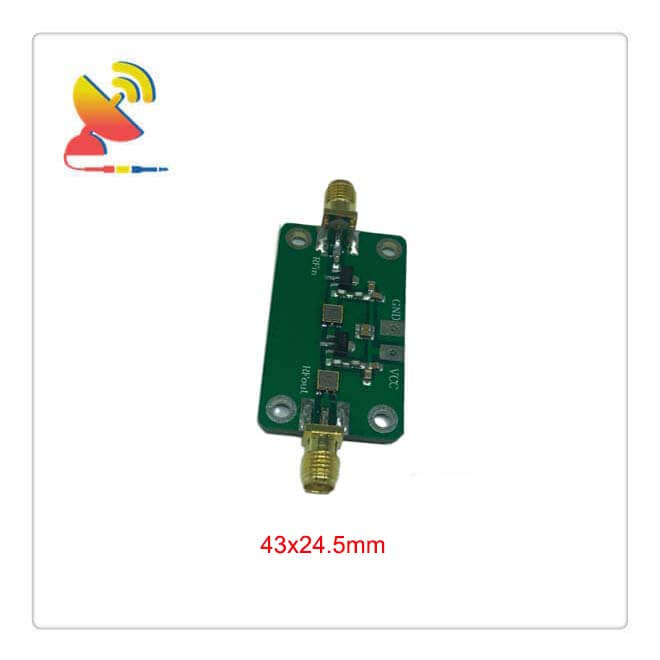
What is the basic principle of ADS-B?
The aircraft’s onboard ADS-B communication equipment sends out the collected data in the form of broadcasts, receives broadcasts from other aircraft or from the ground, and then processes them and passes them to the cockpit integrated information display.
Based on the collected ADS-B information from other aircraft and ground, onboard radar information, and navigation information, the cockpit IID provides the pilot with situational information about the aircraft and other additional information so that air traffic controllers can accurately track the aircraft.
Based on the direction of information transfer relative to the aircraft, the airborne ADS-B application functions can be divided into two categories: transmitting (OUT) and receiving (IN).
ADS-B OUT
As the name implies, OUT means outward, which is the original intention of ADS-B and is the basic function of airborne ADS-B equipment.
The aircraft onboard device keeps broadcasting position and other information outward like a radio, regardless of other users’ status: including aircraft equipment information (ID), position, altitude, speed, direction, climb rate, etc.
Ground systems monitor air traffic conditions by receiving ADS-B OUT information from airborne equipment, playing a role similar to that of radar.
Airborne ADS-B equipment constantly OUT position data, so what is the main source of position data?
The horizontal position of the aircraft generally comes from the GNSS system, and the altitude data comes from the aircraft’s barometric altimeter.
Therefore, the positioning accuracy of the GNSS system determines the positioning accuracy of ADS-B. The positioning accuracy of the GNSS system can reach the order of 10 meters, so the positioning resolution of ADS-B can also reach the order of 10 meters.
The radar equipment, on the other hand, has relatively low monitoring accuracy because of the inherent angular resolution limitation, and cannot distinguish aircraft that are too close.
ADS-B IN
IN means inward, which is an advanced function of airborne ADS-B equipment.
With this function, the aircraft can not only broadcast its own information to the surrounding area, but also receive information from other aircraft or ground service equipment, and display it to the cockpit traffic information display device (CDTI) so that the crew can feel the operation status of other aircraft in the surrounding area, thus improving the crew’s air traffic scenario awareness. Awareness.

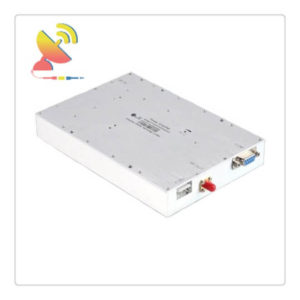
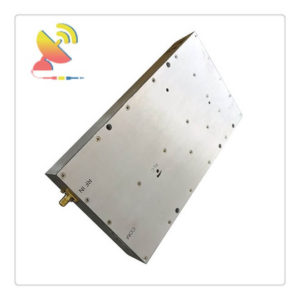
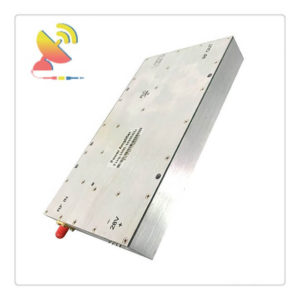
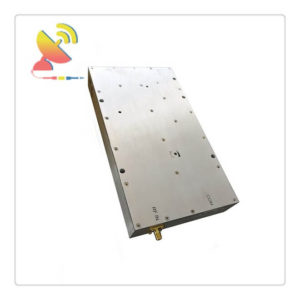
Reviews
There are no reviews yet.